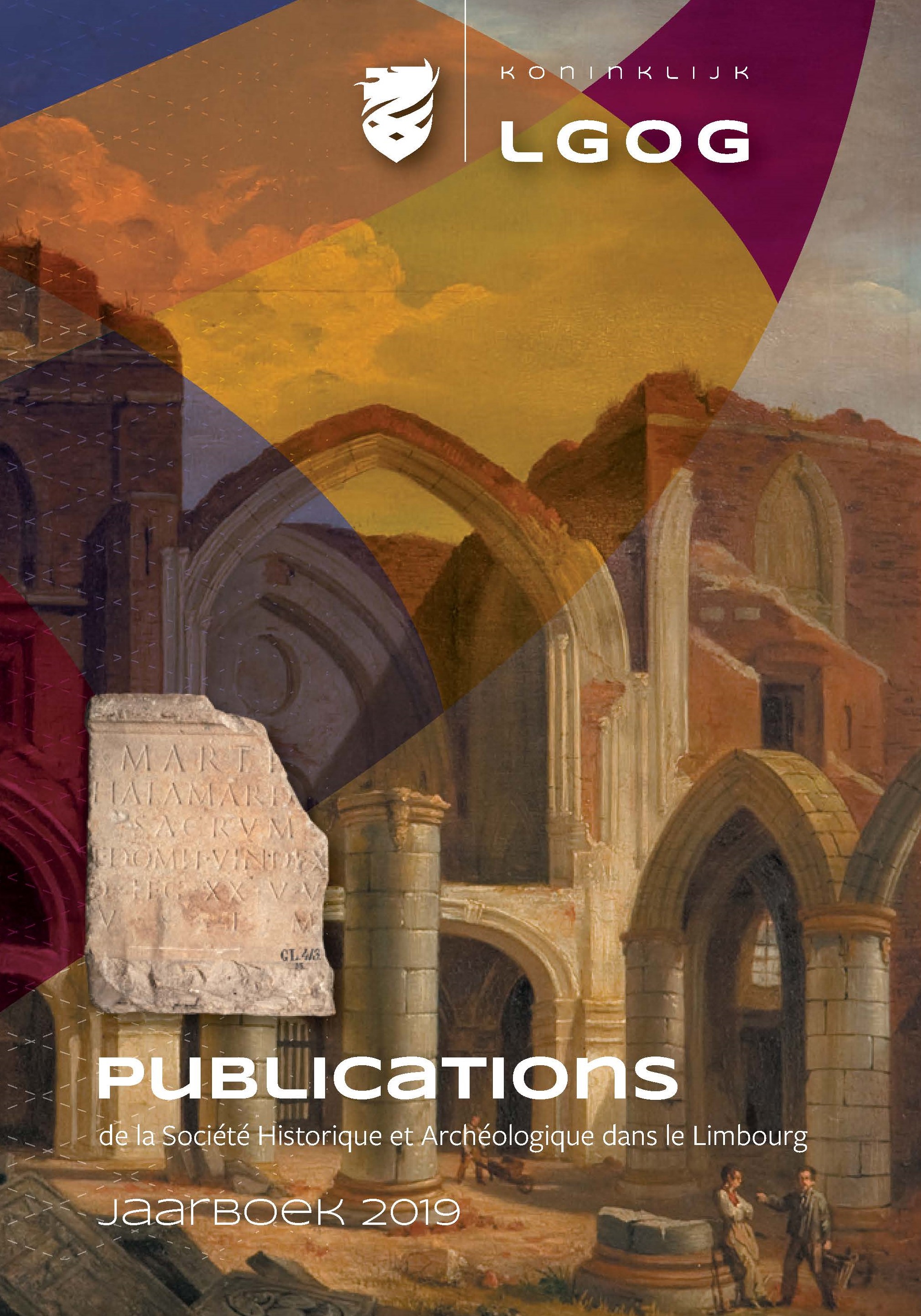Hoe Belgischgezind waren Zuid-Limburgse gemeenten in 1830-1839?
Samenvatting
Many historians have stated that the vast majority of the population of the eastern half of the province of Limburg welcomed the Belgian annexation in 1830 and remained pro- Belgian and anti-Dutch during the Belgian administration (1830-1839) and even after the re-establishment of Dutch sovereignty in 1839. However, this perception was mostly based on the sentiments of the upper echelons of society and on articles in the French language press in Maastricht and other towns, and thus requires revision. This article analysed reports and correspondence of local authorities and the minutes of council meetings in a number of rural municipalities in this period and found that they hardly committed themselves to either side. There was a high degree of continuity in the councillors, aldermen and mayors from before 1830, through the Belgian period, and after 1839. A similar continuity was found in the same municipalities throughout the French administration (1794-1814). Local authorities cared for their citizens and interests and more or less accepted whoever was placed above them. Language was a barrier in their communication with Belgian state officials who almost exclusively used French as their language of administration. After 1839, the province of Dutch Limburg continued to occupy a special and sometimes contested position in the Kingdom of the Netherlands for many years.
Downloads
Downloads
Gepubliceerd
Nummer
Sectie
Licentie

Dit werk wordt verdeeld onder een Naamsvermelding 4.0 Internationaal licentie.
Auteurs behouden het volledige auteursrecht op hun werk en verlenen het tijdschrift het recht van eerste publicatie. Artikelen worden verspreid onder de voorwaarden van de Creative Commons Naamsvermelding 4.0 Internationaal (CC BY 4.0).



